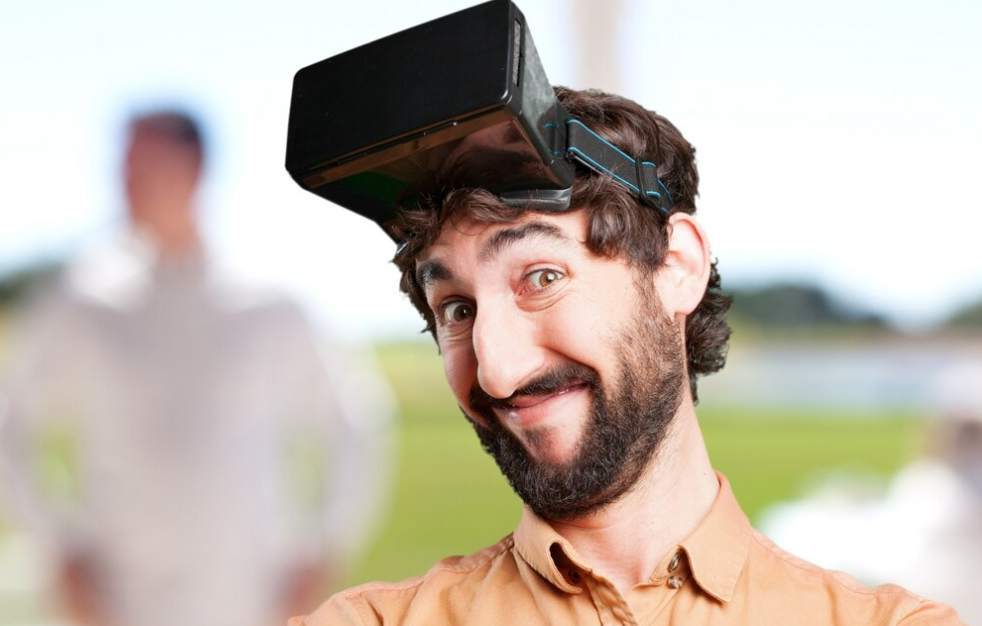The keyboard, the touchscreen, the mouse — these tools have defined how humans interact with machines for decades. But what if you could skip them entirely? What if typing, clicking, or tapping became obsolete — and thinking alone could control your device?
Welcome to the era of zero-input interfaces, a future where human thought becomes the primary interface between mind and machine.
What Are Zero-Input Interfaces?
Zero-input interfaces are systems that allow users to interact with technology without physical action. They rely on advanced sensors, brain-computer interfaces (BCIs), and machine learning algorithms to decode intentions, thoughts, or emotions directly from the brain.
Unlike voice commands or gestures, these interfaces bypass visible input altogether. You don’t talk. You don’t move. You just think — and things happen.
From Science Fiction to Scientific Reality
For decades, the idea of controlling technology with your mind was the stuff of cyberpunk novels and sci-fi films. Today, it’s being tested in labs, built in startups, and worn by early adopters.
Recent breakthroughs include:
- Non-invasive brainwave readers like EEG headbands that detect neural activity patterns
- AI-trained interfaces that learn to recognize specific thought signatures (e.g., thinking about the word “click” triggers an action)
- Neural implants that allow people with paralysis to control robotic limbs or digital cursors with thought
- Silent speech tech that reads signals from the brain and throat to reconstruct speech before it’s spoken
Companies like Neuralink, Synchron, and CTRL-Labs are leading this frontier, merging neuroscience with real-time computing.
Why Zero Input?
Zero-input interfaces offer several game-changing advantages:
- Hands-free access: Essential for users with disabilities or in environments where touch isn’t possible
- Faster interaction: Bypassing physical motion could mean dramatically faster digital responses
- Privacy: Thought-based interaction is silent — no spoken words, no typed text
- New creative possibilities: Artists, designers, and developers could interface directly with tools using imagination alone
Imagine drafting an email, navigating an app, or editing a video — all with pure thought.
Challenges on the Mind Frontier
As powerful as zero-input interfaces may be, they raise complex technical and ethical questions:
Technical Hurdles
- Signal noise: Non-invasive sensors often pick up messy or inconsistent data
- Individual variability: Brain patterns differ widely from person to person
- Training time: Users may need hours or days to “teach” the system their mental commands
Ethical Concerns
- Privacy: If machines can read thoughts, who controls the data?
- Consent: Can subtle neural responses be interpreted as intent?
- Mental fatigue: Constant mental control may be more exhausting than physical input
This is a realm where neuroscience and ethics must evolve together.
Beyond Control: Mind as Presence
Zero-input interfaces aren’t just about commanding technology — they also open new ways to merge presence and environment. For example:
- Meditation apps that adjust based on your brain’s actual relaxation level
- VR worlds shaped by your emotions and thoughts
- Smart environments that respond to your focus, stress, or creativity
This shifts the idea of user interface from something you operate to something that senses and adapts to you.
The Road Ahead
While mainstream adoption may still be years away, the direction is clear: the future interface is invisible. As brain-computer technology matures, thought will become input, and our digital interactions will become seamless extensions of the mind.
Typing won’t die — but it will be one option among many, as we move toward a world where ideas move at the speed of thought.
Final Thoughts
Zero-input interfaces are more than a technological novelty — they represent a philosophical shift. When thinking becomes the new typing, our devices stop being tools and start becoming collaborators.
In this future, the barrier between mind and machine blurs. The question isn’t just how we control our technology, but how much of ourselves we’re willing to share with it.


